
As a keen baker and Solved editor, I spend a lot of time scrubbing my kitchen, usually resulting in heaps of stinky sponges that are hard to clean.
While I have been pushing on with them for a while, I am now desperate for a switch to ditch the sponges altogether, and professional cleaners say Swedish sponge cloths are the answer.
But what makes these non-toxic cleaning products the superior swap?
Why every home should have Swedish sponge cloths
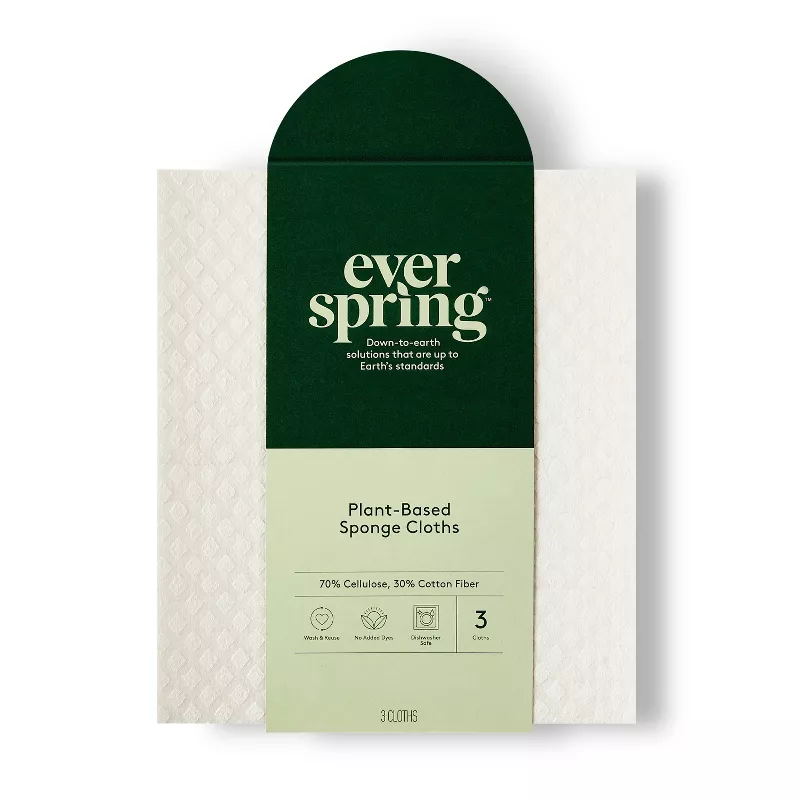
Sponge cloths are plant-based, meaning they are free from plastics and decompose in compost heaps in around 10 months, making them a eco-friendly, hygienic alternative to traditional sponges and paper towels.
Sponge cloths, also known as Swedish dish cloths, are highly absorbent cleaning cloths made from a blend of cellulose (wood pulp) and cotton, meaning they are completely free from plastics, unlike their cousins microfiber cloths and disposable sponges.
They can also hold up to 15 times their weight in liquid, making them more absorbent, too.
The best news? They are far more hygienic than traditional sponges, meaning you can banish kitchen sponges for good.

Scott Schrader, professional cleaner with CottageCare explains, ‘Swedish dish cloths are changing how we think of hygiene in the kitchen and are an intelligent alternative to sponges and paper towels. Usually, when you think of sponges, you think of bacteria – it's a common occurrence because they just don't dry well and are in an environment where bacteria can thrive.
'Swedish dish cloths dry so fast, and don't allow microbes to grow when dry. They're also biodegradable and compostable, which makes the Swedish dish cloth a great eco-friendly cleaning tool for your kitchen and the earth.’
Although there are several ways to clean your kitchen sponge, preventing the growth of bacteria should be your first port of call. Plus, it helps to banish bad kitchen smells.
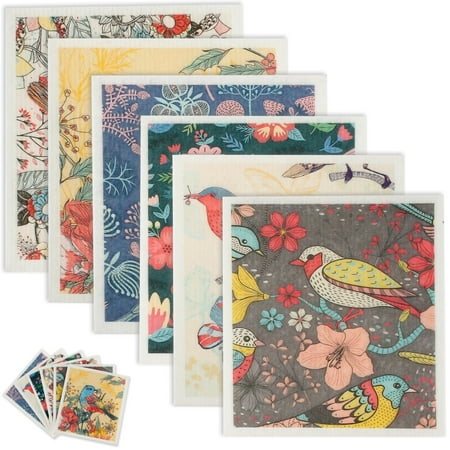
Swedish dish cloths are also a great way to inject some color and personality into your kitchen and cleaning routine.
When taken care of correctly, Nathaly Vieira, of InspireClean says, ‘A quality Swedish dishcloth can last six to 12 months with regular use, which will save you roughly 17 rolls of paper towels. You just need to rinse it thoroughly after each use and put it through your washing machine weekly to keep it fresh.’
Sponge cloths are also one of the unexpected things you can wash in the dishwasher to keep them fresh between uses.
How to use sponge cloths

Lina DaSilva, founder of Toronto Shine Cleaning, also loves these cloths. She explains, ‘They're great for wiping counters, cleaning up spills, and general surface cleaning. They’re great for handwashing dishes too, if it's not super stuck-on food.’
However, as Scott adds, ‘don't expect Swedish dish cloths to take the place of scrubbing tools for really baked-on material or tough jobs that you encounter during an outdoor cleaning job.’
Much like the dish sponges vs dish brush debate, an abrasive brush or sponge, such as the Scrub Daddy FlexTexture Scrubber from Target, wins here, too.
Similarly, Nathaly adds, ‘I also wouldn't recommend them for cleaning toilets or bins to avoid cross-contamination. To protect your family's health, it's better to use disposable products for these cleaning jobs.’
To maintain a non-toxic home, use products free from harsh chemicals with your sponge cloths, such as the Attitude bathroom cleaner spray from Walmart, which is EWG-approved thanks to its plant- and mineral-based formula.
What to shop
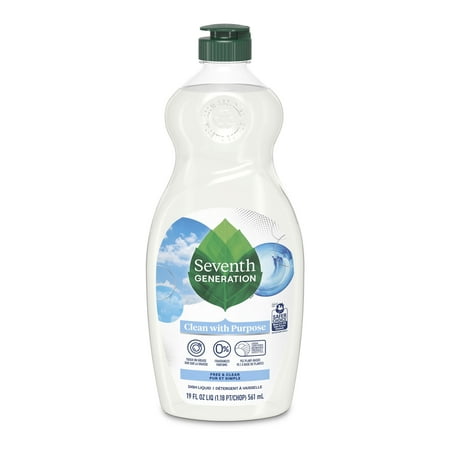
This plant-based formula soap dish liquid fights grease and powers through tough, dried-on food with its dermatologist tested, hypoallergenic formula made for sensitive skin.
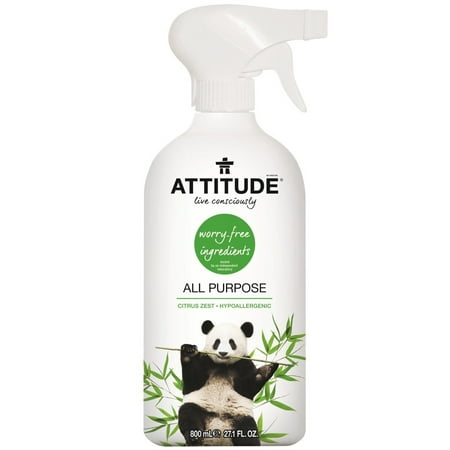
Approved by the Environmental Working Group, this all-purpose cleaning spray is free from toxins and harsh chemicals for a family-friendly cleaning routine.
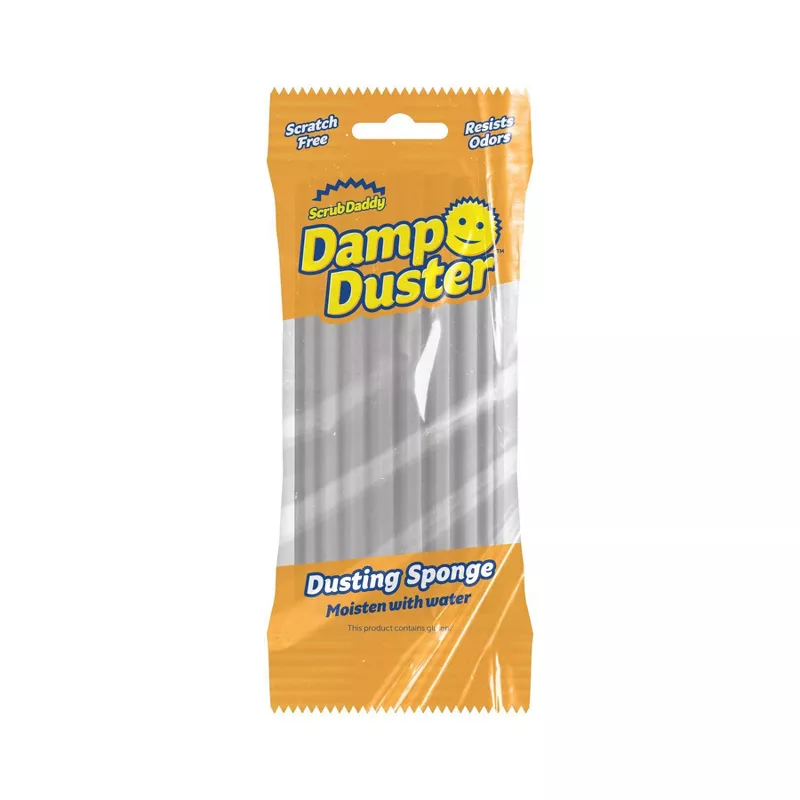
We love the Scrub Daddy Damp Duster, and hail it as the single best tool for dusting your home. The deep ridges and damp texture pick up dust rather than spread it around for a perfect clean first time.
FAQs
How do you store sponge cloths?
To keep your sponge cloths in top condition, it is best to store them in a dry, well-ventilated location to help them dry out completely between uses. On a clean, flat surface such as a kitchen windowsill is a good example, or on your dish drying rack.
Meet the experts
Switching to more hygienic, non-toxic tools is just one of the things people with clean kitchens always do. Understanding how often to clean a kitchen and dodging common cleaning mistakes is also important to preventing cross-contamination.







